Angus Cattle + the Genetic Difference
Cattle genetics determine everything from health to meat marbling to how well adapted the animals are to a complete pasture setting.
At Redhouse, we’re highly selective when it comes to both breed and genetics.
We were always drawn to Angus cattle for our operation. It’s our favorite in the show world and the breeding world, and it’s always a premium quality product in the butcher case. After learning from operations in places like Australia, New Zealand and Argentina, we decided to follow the Argentine model. We wanted a fleshy animal with a moderate frame (not too big), good marbling and good genetic traits, so we chose Angus.
For us, it was an easy pick.
Angus cattle grazing on our Rancheria Ranch
We get a lot of requests for Wagyu and other breeds. We’re researching how they will perform on our pastures.
Our process is unique because we focus on creating reproductive animals, but we’re also an end-result producer, so we have to take the full lifecycle into account when we’re crossing genetics.
We want bulls that put superior meat in the freezer and females that are functional and able to calve — all the aspects of the cattle industry come together for us in that process.
As far as the genetics we look for when selecting cattle, it gets very sciency. We start with looking at EPDs (Expected Progeny Differences).We look for producers who have been in the industry for a while. People like Vintage Angus and 44 Farms — they’ve been here a long time. We seek out producers who do a good job for the breed as a whole and who have been around long enough to establish trust.
We also use outside consultants to look at the traits we’re interested in and why, and they help determine what will be the best fit for us.
Our selective process means that, when you’re eating Redhouse Beef, you are eating the best possible meat — delicious, beautifully marbled, good for you and sustainably produced.
“We want bulls that put superior meat in the freezer and females that are functional and able to calve — all the aspects of the cattle industry come together for us in that process.”
Photography: Suyen Torres








